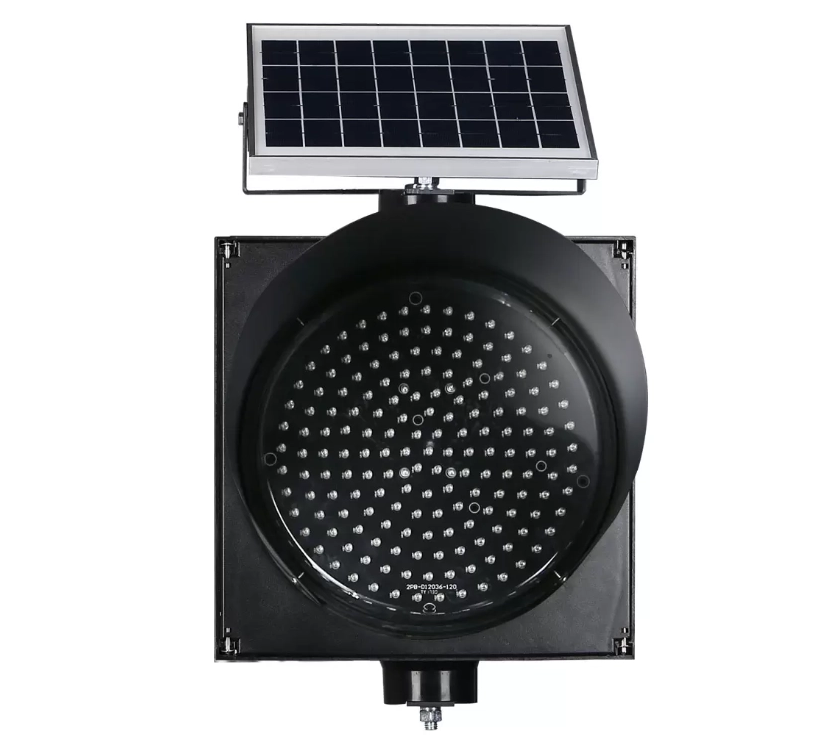Electric Tricycles | Understanding Electric Assist Technology
Finding the right mode of transportation can be a game-changer. An assistance electric tricycle offers a unique blend of convenience and eco-friendliness. It’s not just about getting from point A to B; it’s about enjoying the ride while reducing your carbon footprint.
These tricycles come with features that cater to various needs, making them perfect for everyone. Whether you're commuting, running errands, or just cruising around, they provide comfort and stability. Plus, they’re easy to operate, even for those who may struggle with traditional bikes. Discover how an assistance electric tricycle can transform your daily travels and enhance your lifestyle.
Key Takeaways
-
Explore Electric Assist Technology: Understand how electric assist technology works to enhance your riding experience and make cycling easier, especially on hills or longer distances.
-
Choose the Right Motor: When selecting an electric tricycle, pay attention to the type of motor and its specifications, as this affects performance and your overall experience.
-
Prioritize Key Features: Look for essential features such as comfortable seating, storage options, and safety elements that cater to your specific needs.
-
Consider Battery Life: Evaluate different battery options and their performance to ensure you choose a tricycle that meets your range requirements for daily use.
-
Identify Your User Group: Recognize the various benefits electric tricycles offer for different user groups, from seniors seeking mobility to families needing a practical transportation solution.
-
Customization is Key: Don't hesitate to customize your electric tricycle to better suit your lifestyle, whether it's through accessories or adapting the design for specific needs.
Understanding Electric Assist Technology
Definition
Electric assist technology enhances cycling experiences. It uses electric motors to support riders as they pedal. This technology makes cycling more accessible for many people, especially those with physical limitations or those who wish to travel longer distances without excessive effort.
How Motors Work
Electric motors work by providing additional power when a rider pedals. They sense the rider's pedaling force and adjust their assistance accordingly. For example, if a rider pedals harder, the motor increases its output. Conversely, if the rider slows down, the motor reduces its assistance. This system allows for a smooth and natural riding experience.
Battery packs power these motors. These batteries are rechargeable and can last several hours depending on usage. Riders can choose different levels of assistance based on their needs and preferences. Some models even allow riders to customize settings through smartphone apps.
Balance of Assistance
Understanding the balance between motor assistance and rider effort is crucial. Electric assist technology aims to enhance the cycling experience without replacing it. Riders still engage in physical activity, which is essential for health benefits.
Too much motor assistance can lead to a less engaging ride. It may reduce the workout that traditional cycling provides. On the other hand, too little assistance might discourage some riders from using electric tricycles altogether.
Finding that balance helps maintain fitness while enjoying the benefits of electric assist. Riders should experiment with different settings to find what works best for them. Many electric tricycles offer multiple modes, such as eco, normal, and sport modes.
Benefits of Electric Assist
-
Accessibility: Electric assist makes cycling possible for those who may struggle with traditional bikes.
-
Range: Riders can travel longer distances without getting tired.
-
Versatility: Suitable for various terrains and conditions.
-
Environmental Impact: Reduces reliance on cars, promoting greener transportation options.
-
Health Advantages: Encourages physical activity while reducing strain on joints.
Understanding electric assist technology allows riders to make informed choices about their cycling experiences. It combines convenience with health benefits while ensuring an enjoyable ride.
Types of Motors and Specifications
Hub Motors
Hub motors are a common choice for electric tricycles. They sit in the wheel hub, providing direct power to the wheel. This design allows for a cleaner look and reduces maintenance needs.
These motors often have a high torque output, making them great for starting from a stop. They typically range from 250W to 1000W in power. Some models can even reach up to 3000W. Hub motors are efficient but may struggle on steep hills compared to other types.
Mid-Drive Motors
Mid-drive motors are located at the bicycle's crankset. This placement allows for better weight distribution and handling. Riders benefit from improved balance and stability while riding.
Mid-drive motors usually have a lower power rating than hub motors, often between 250W and 750W. However, they excel in torque output. These motors can provide more power when climbing hills or carrying heavy loads. Their efficiency is higher because they use the bike's gears effectively.
Torque and Power Output
Torque is crucial when comparing motor types. It determines how quickly the tricycle can accelerate. Hub motors generally offer good torque but may fall short on steep inclines.
Mid-drive motors shine in this area due to their ability to leverage gears. They provide greater acceleration and hill-climbing capability. Power output also varies significantly among motor types.
A powerful motor can enhance performance, especially in challenging conditions. For instance, a mid-drive motor with 80 Nm of torque can outperform a hub motor with only 50 Nm on inclines.
Efficiency Ratings
Motor efficiency impacts battery life and overall performance. Hub motors tend to be less efficient at higher speeds, resulting in quicker battery drain.
Mid-drive motors maintain efficiency across various speeds. This feature makes them suitable for longer rides without frequent recharging.
Motor Placement Impact
Motor placement affects both performance and handling of the tricycle. Hub motors add weight to the wheels, which can lead to less stable handling during sharp turns.
Conversely, mid-drive motors keep weight centralized. This design enhances steering response and improves rider control. Riders often find mid-drive systems more enjoyable, especially during complex maneuvers.
https://www.haicotmoto.com/Three-wheel-electric-Mobility-scooter
Wuxi Haicot Power Technology Co., Ltd.
